This article was co-authored by Melissa Nelson, DVM, PhD. Dr. Nelson is a Veterinarian who specializes in Companion and Large Animal Medicine in Minnesota, where she has over 18 years of experience as a veterinarian in a rural clinic. She received her Doctor of Veterinary Medicine from the University of Minnesota in 1998.
This article has been viewed 16,308 times.
Ovarian remnant syndrome (ORS) can occur when ovarian tissue is left behind from a prior ovary removal surgery. To diagnose and treat ORS, start by watching for signs that your female cat is going into heat, such as restlessness as well as increased affection and vocalization.[1] Make an appointment with your vet to go over the clinical and behavioral symptoms. If your cat is diagnosed with ORS, surgery may be the best option.
Steps
Recognizing Signs and Symptoms
-
1Monitor your cat closely after surgery. Cats can develop ORS after going through an ovariohysterectomy (OHE) to remove their ovaries. This occurs when not all of the ovarian tissue is taken out as planned. After an OHE surgery, or any other surgical procedure involving a female cat’s reproductive organs, closely monitor them during the recovery period.
- Watch for see if your cat exhibits any behavioral symptoms associated with going into heat, such as loud vocalizations, restlessness, or displaying increased affection.[2]
-
2Feel for any gland enlargements. Place your hands underneath your cat and locate their nipples. Gently feel around these areas to see if you notice any bulging skin or unusually firm growths. This could be a sign that your cat’s glands are enlarging, a sign of breeding that could indicate ORS.[3]Advertisement
-
3Make note of any breeding behaviors. Watch for posturing actions in which your cat positions her body to attract males for breeding. This includes holding her tail up and to the side or making treading motions with her back legs. Your cat may also start to roll or crouch in unusual ways.[4]
- Increased vocalizations are another sign of breeding preparations, which may point towards ORS. So, if your cat is yowling at all hours of the night, then you may want to talk with your vet.
-
4Watch for aggressive behavioral changes. Cats in the midst of breeding season, and those suffering from ORS, may begin to act violently by scratching or biting caretakers. They might also display minor aggressive behaviors, such as marking or clawing furniture. The main point here is to watch for unusual changes in your cat’s actions and personality.
-
5Note any unusual weight loss. The presence of remnant ovarian tissue can cause some cats to slow down their eating habits, resulting in sudden weight loss. If your cat is recovering from a surgery and you’ve noticed a change in their weight, then talk with your vet about how to move forward.
- Be aware that the weight loss and accompanying poor nutrition can also cause your cat to lose some of their fur.
-
6Be aware that ORS can develop slowly. It is possible for your cat to take months to show any signs of ORS after OHE surgery. For that reason, patience and vigilance is key when diagnosing ORS. In particular, cats who develop tumors in association with OHE procedures can take up to ten years before being seen for additional treatment.
- It takes an average of 17 months for a cat with a problematic OHE procedures to show signs of ORS.
Diagnosing ORS
-
1Talk with your vet. As soon as you notice that your cat is not feeling 100%, make a call to your vet and get an appointment. During the visit your vet will ask about your cat’s recent behaviors, and may take another look at any notes associated with recent surgeries. Be as honest as you can and be prepared for the possibility that the vet may ask to keep your cat overnight for additional testing.
-
2Get a vaginal cytology test. This is one way to tell if your cat is undergoing a heat cycle (or estrus). The vet will take a cotton swab sample from your cat’s vagina and then examine the results under a microscope. The presence of particular reproductive cells will indicate the presence of estrogen in your cat’s system, as a result of ovarian remnants.[5]
- Be aware that most vets will not make an ORS diagnosis on the basis of a vaginal cytology test alone. This is usually just one of the first steps in the diagnostic process.
-
3Agree to hormonal testing. This involves your vet drawing blood and then looking for baseline hormone levels. On a more advanced level, your vet can conduct a hormone stimulation test to see how your cat’s body responds when she is given a synthetic hormone. A blood sample drawn up to a week later will indicate if ORS is a possibility.[6]
-
4Allow for diagnostic imaging. Most vets can do an ultrasound or CT scan in their office on the same day as a visit. These scans may show the location of any remaining ovarian tissue, but they do have some limitations. If the tissue is rather small, then the result may be inconclusive.[7]
-
5Do exploratory surgery. If your vet determines that your cat’s medical history and physical/clinical signs correspond with a diagnosis of ORS, then they may suggest performing an exploratory surgery to locate any remnant tissue. These surgeries have some risks, such as infection, so make sure that you discuss the procedure and recovery in detail with your vet.
- Exploratory surgery may have the best success when performed at least two weeks after your cat completes her heat cycle.
-
6Get a second opinion. If your vet suggests multiple tests or exploratory surgery, it might be a good idea to consult with another vet as well. Compare what these two professionals say about your cat’s diagnosis and treatment options. Choose the vet who you think has the best odds of treating your cat successfully.
Treating ORS
-
1Leave the remnant as is. It is possible that your vet will suggest simply observing the development of the remnant ovarian tissue over time. This is often the case if the tissue appears to be very small and is not overly influencing your cat’s behaviors or health. If you choose this approach, then make sure to schedule regular checkup visits with your vet.[8]
-
2Consent to surgery. If the location of the ovarian tissue is rather specific, then a targeted surgical approach can be used. If the tissue has not been located, then exploratory surgery is the only real invasive option. Be aware that a surgery that must navigate through prior scar tissue can be more complicated, so talk over all of the benefits and challenges of the procedure with your vet.
- Be sure to follow all of your vet’s pre- and post-op instructions very carefully. For example, they may request that you not feed your cat on the day of the surgery.
-
3Wait for any tissue results. In certain cases, the ovarian tissue, or the cells surrounding it, could be cancerous. To rule this out, your vet will take a tissue sample from the surgery and send it off for testing. The wait time varies widely for these tests, so talk with your vet about the timetable.
-
4Allow your cat to rest. Laparoscopic ovarian remnant removal is a major surgery, so expect your cat to be on an exercise restriction and pain medications for up to two weeks. Keep your cat confined to a limited area during this period and try to limit any stress-causing factors, such as extra household visitors.
-
5Complete any follow-up appointments. Your vet will likely discharge your cat the day after surgery. Then, they will likely want to see your cat for at least one post-op appointment, usually a few weeks later. Another hormonal test may be ordered at this time, just to verify that the levels are now correct.[9]
Warnings
- Make sure to get a clear list from the vet of all of the costs associated with your cat’s treatment.⧼thumbs_response⧽
References
- ↑ https://vcahospitals.com/know-your-pet/ovarian-remnant-syndrome-in-cats
- ↑ https://vcahospitals.com/know-your-pet/ovarian-remnant-syndrome-in-cats
- ↑ https://www.ncbi.nlm.nih.gov/pmc/articles/PMC5858648/
- ↑ https://www.ncbi.nlm.nih.gov/pmc/articles/PMC1345735/
- ↑ https://vcahospitals.com/know-your-pet/ovarian-remnant-syndrome-in-cats
- ↑ https://vcahospitals.com/know-your-pet/ovarian-remnant-syndrome-in-cats
- ↑ https://vcahospitals.com/know-your-pet/ovarian-remnant-syndrome-in-cats
- ↑ https://www.ncbi.nlm.nih.gov/pmc/articles/PMC1345735/
- ↑ https://www.ncbi.nlm.nih.gov/pmc/articles/PMC1345735/
About This Article
To diagnose and treat ovarian remnant syndrome in cats, watch your kitty for symptoms like loud vocalizations, restlessness, enlarged glands, aggressiveness, and weight loss. She may also exhibit breeding behaviors like going into heat and posturing. If you notice these symptoms, take your kitty to a veterinarian as soon as possible for an evaluation. Your vet may run blood tests or diagnostic procedures to confirm the diagnosis. If the remnant is small and not affecting your cat too much, your vet will probably suggest to leave it as it is and continually monitor the situation. Larger remnants in critical areas may need to be removed surgically. To learn more about remnant removal surgery from our Veterinary co-author, read on!
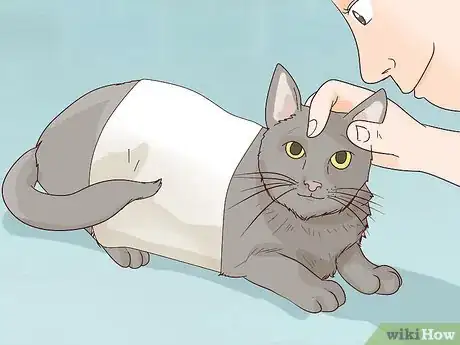
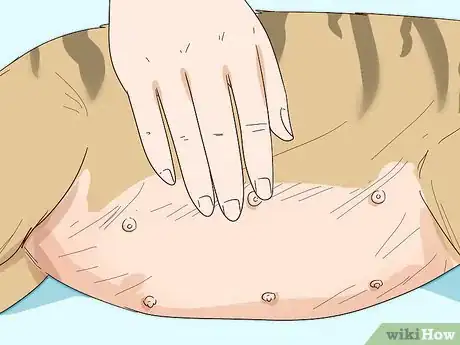
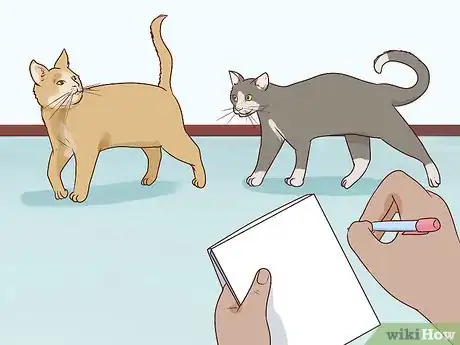
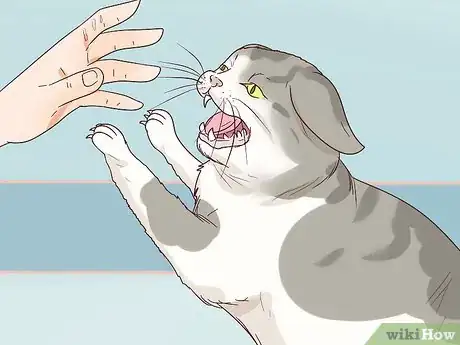
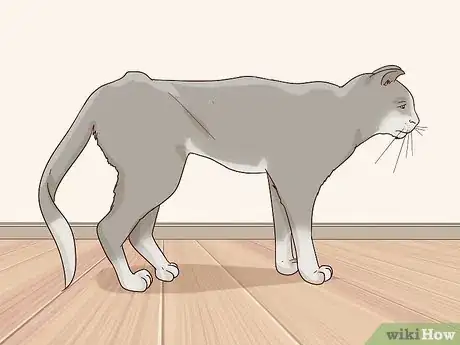
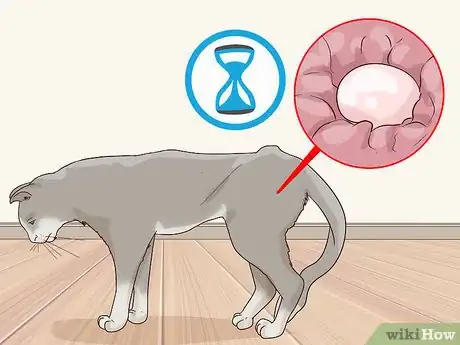

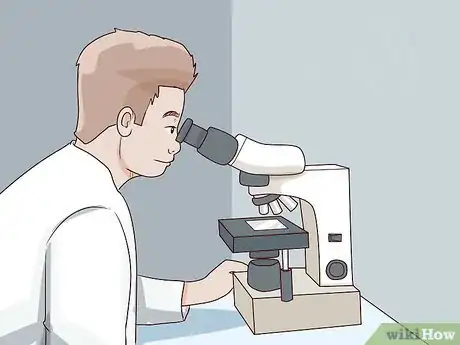
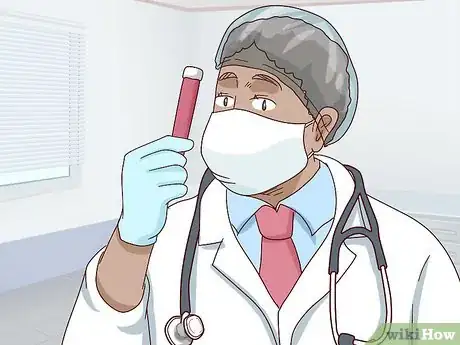
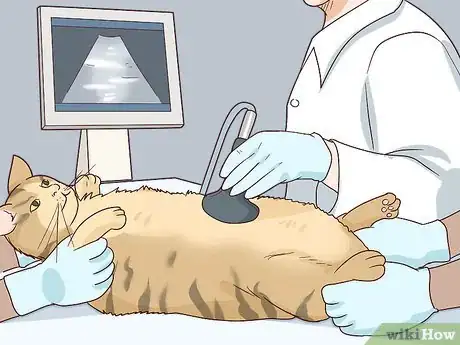
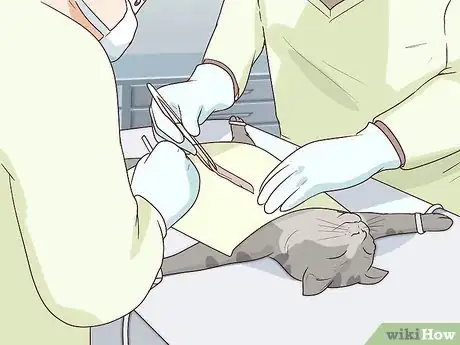

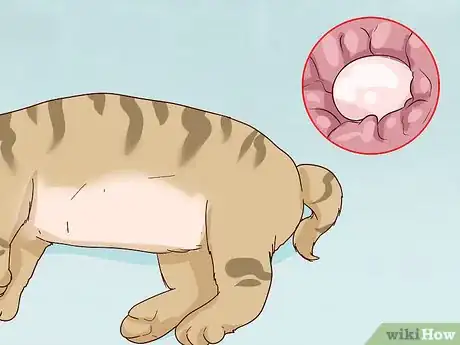
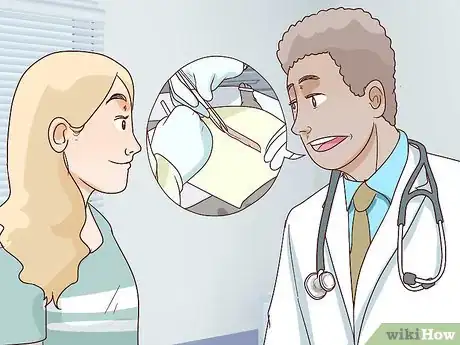
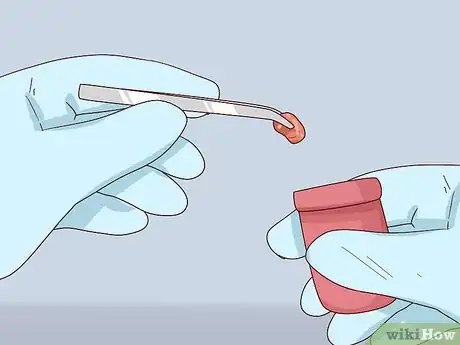
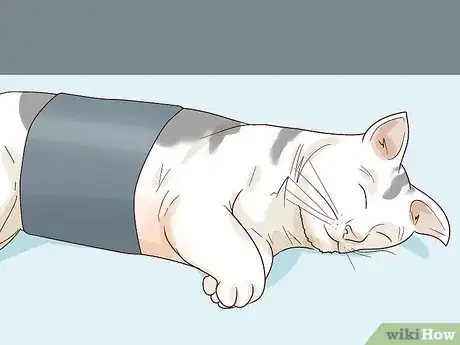
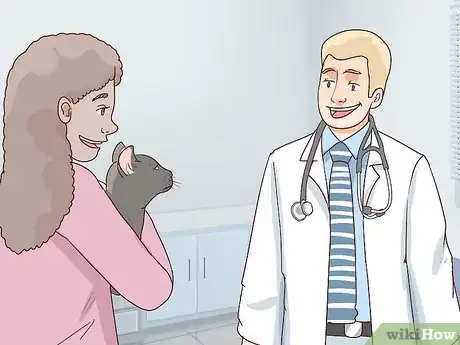
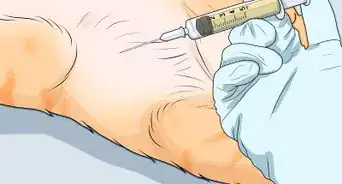
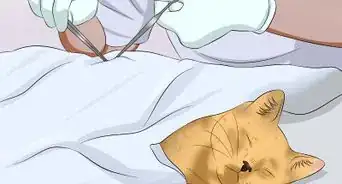
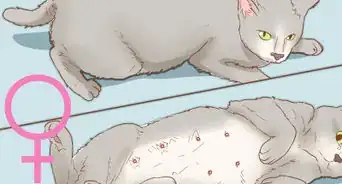

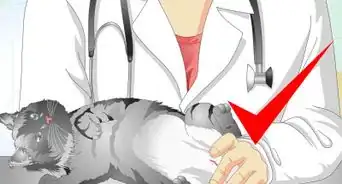



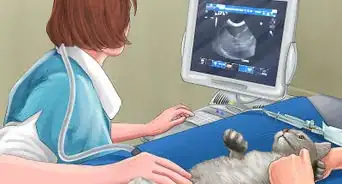

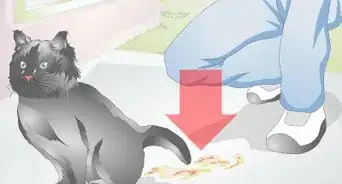

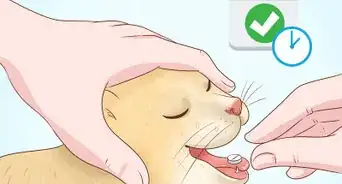
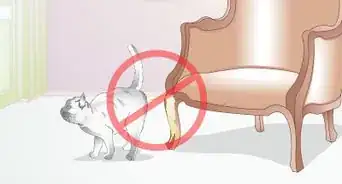







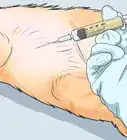
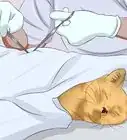
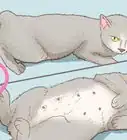




































Medical Disclaimer
The content of this article is not intended to be a substitute for professional medical advice, examination, diagnosis, or treatment. You should always contact your doctor or other qualified healthcare professional before starting, changing, or stopping any kind of health treatment.
Read More...